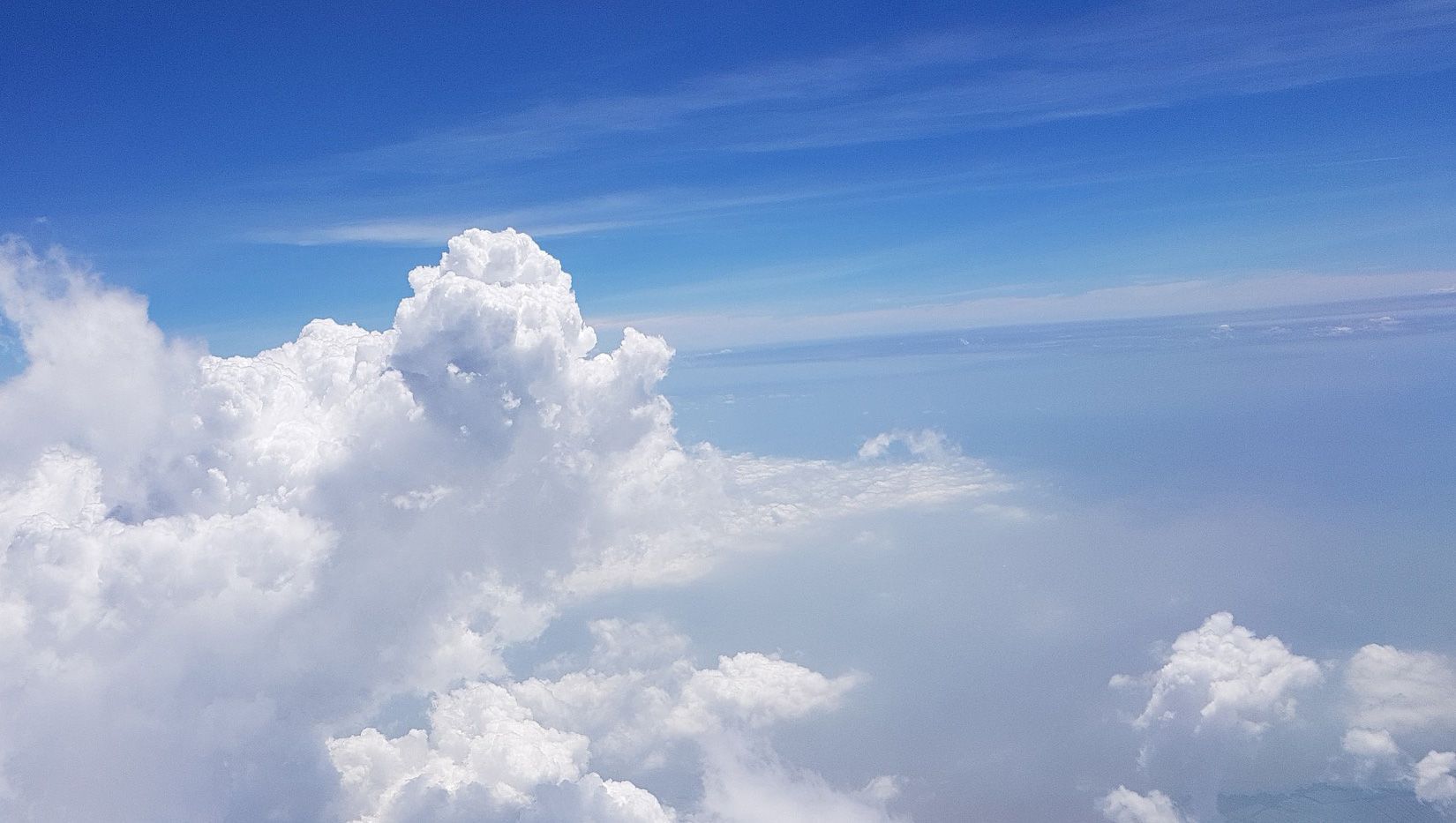-
Book the Cheap Flights To Ho Chiang Mai
Key Facts & Highlights
- Chiang Mai was founded in 1296 as the new capital of the Lanna Kingdom, hence its name meaning “new city.”
- The city lies in a mountainous region in northern Thailand, along the Ping River, and is surrounded by hills and forested areas.
- It is known as the “Rose of the North” for its charm, scenic beauty, and cultural heritage.
- Over 300 Buddhist temples (wats) are in & around the city, reflecting its spiritual importance.
- Chiang Mai was designated a UNESCO Creative City for crafts and folk art, acknowledging its strong artisan traditions (silk weaving, umbrella making, wood carving)
- The city also has a growing reputation in vegan / plant‑based cuisine scenes, thanks to a blend of Buddhist tradition and international influences.
Nearby Destinations & Day Trips
- Doi Suthep / Doi Pui National Park — hike or drive up to Wat Phra That Doi Suthep; scenic forest trails
- Doi Inthanon National Park — Thailand’s highest peak, waterfalls, nature trails
- Mae Kampong village — serene mountain village, waterfalls, local culture
- San Kamphaeng / Bo Sang — artisan villages: silk, umbrellas, crafts
- Chiang Rai / Golden Triangle — further north for cross‑province road trips
- Pai — a more remote town for nature, hot springs, relaxed vibe
- Whitewater rafting / mountain trekking in surrounding hills & forests
Visa, Border & Immigration Procedures
Visa / Entry Requirements
- As of mid‑2024 / early 2025, U.S. citizens may enter Thailand visa‑exempt for up to 60 days for tourism.
- All travelers (regardless of visa exemption) must complete the Thailand Digital Arrival Card (TDAC) online no more than 72 hours before arrival (replacing the old paper TM6 form) as of May 1, 2025.
- The visa exemption stay period may be extended (for a fee) by applying at Thai immigration offices (e.g. in Chiang Mai) if needed, generally up to 30 additional days.
- If you plan to stay longer or for non‑tourism purposes, a proper visa (e.g. tourist visa, non‑immigrant visa) must be obtained ahead of travel from a Thai embassy/consulate.
- Passport validity: your passport should generally be valid for at least 6 months beyond arrival.
Customs & Immigration at Chiang Mai
- Upon arrival (at Chiang Mai International Airport, CNX), you’ll present your passport, digital arrival card (TDAC), and may be asked for proof of onward/return ticket, accommodation booking, or sufficient funds.
- Standard immigration procedures apply: passport control, stamping, possibly baggage checks.
- On departure, usual exit procedures at airport, and any customs declarations if carrying large sums, prohibited items, or restricted goods.
- Thailand enforces customs regulations on items like agricultural products, certain electronics, vapes/e‑cigarettes (which are banned) etc.
Best Time to Visit & Price Trends
Climate & Seasonal Overview
- Cool Season (November – February): most comfortable, mild nights, low rainfall — ideal for sightseeing and outdoor activities.
- Hot Season (March – May): hot days, and rising smoke from agricultural burning may degrade air quality (especially Feb–April).
- Wet / Monsoon Season (June – September): frequent rains, humidity, occasional floods — travel can be more challenging.
Price Trends
- Highest Price / Peak Months: November to February — high demand due to best weather, festivals (Yi Peng / Loy Krathong in Nov)
- Lowest Price / Cheaper Months: May (end of hot season) and the rainy months (June – August) tend to offer better deals for flights and hotels
Places to Visit in Chiang Mai
- Wat Phra That Doi Suthep — iconic temple perched on a hill overlooking the city
- Wat Chedi Luang — historic temple in the Old City
- Wat Phra Singh — an important Lanna temple
- Wat Chiang Man — the oldest temple in Chiang Mai
- Chiang Mai Night Bazaar / Walking Streets (Sunday, Saturday) — craft & street food markets
- Old City — city walls, moat, narrow lanes, temples, cafés
- Doi Inthanon National Park — waterfalls, highest point in Thailand
- Royal Park Rajapruek / Queen Sirikit Botanical Garden — floral displays, gardens
- Mae Kampong village, hill tribe villages — cultural immersion and nature
- San Kamphaeng / Bo Sang artisan villages — umbrella painting, silk weaving, handicrafts
Frequently Asked Questions about Ho Chiang Mai
No direct flight exists. U.S. → Chiang Mai routes require 2 or more connections (via e.g. Bangkok, Seoul, Doha, etc.). Sample round‑trip fares from NYC ~USD 837 with connections.
No, for short stays: U.S. citizens can enter Thailand visa‑exempt for tourism up to 60 days.
Currency is Thai Baht (THB). Credit / debit cards are widely accepted in hotels, restaurants, tourist areas; cash is still useful for street vendors, rural areas, small shops.
During the cool season (November to February) when the weather is pleasant and dry. Avoid smoky season (Feb–April) and heavy rains (June–September).
Must‑sees include Doi Suthep, old city temples (Wat Chedi Luang, Wat Phra Singh), night markets, artisan villages (Bo Sang, San Kamphaeng), Doi Inthanon, and immersive food & culture experiences.
Information Ho Chiang Mai
| Destination | Ho Chiang Mai |
| Country | Thailand |
| State | Chiang Mai Province |
| Population (Approx): | ~1.2 million in the broader urban area (city + suburbs) |
| Currency | Thai Baht (THB) |
| Language | Thai (official), Northern Thai (Lanna dialect) is also commonly spoken; English is used in tourism areas |
| Climate | Tropical savanna / monsoon‑influenced — distinct wet season (monsoon) and dry seasons; cool season, hot season, rainy season |
| Cuisine | Northern Thai (Lanna) specialties: Khao Soi (curry noodle soup), Sai Ua (herb sausage), sticky rice, local “khantoke” meals with multiple small dishes, vibrant street food stalls |
| Timezone | Indochina Time (ICT) UTC +7 (no daylight saving) |

